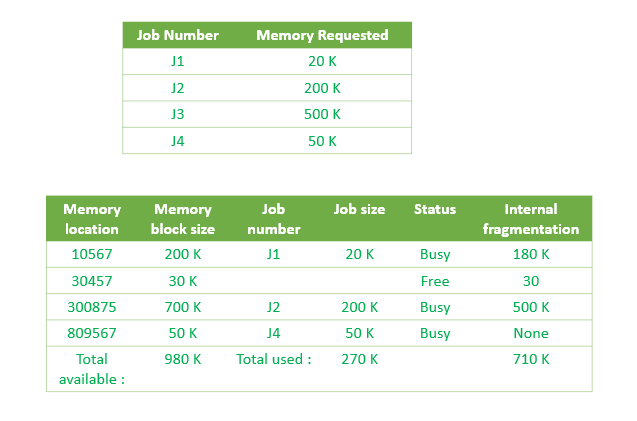
Adaptive vs. Non-Adaptive Sorting Algorithms: Which One is Right for Your Data?
Sorting algorithms are a fundamental part of computer science. But did you know that some algorithms perform better depending on the initial order of your data? Discover the difference between adaptive and non-adaptive sorting, so you can choose the right tool for the job.
What are Adaptive Sorting Algorithms?
Adaptive sorting algorithms adjust their performance based on the input data's order. If the data is already partially sorted, these algorithms take advantage of this pre-existing order to sort faster. This means their time complexity hinges on how sorted the input is.
- Leverage existing order in data.
- Faster execution with pre-sorted data.
- Time complexity varies based on input.
Examples of Adaptive Sorting Techniques
Several well-known sorting algorithms fall into the adaptive category. Each has its strengths, especially when dealing with nearly sorted data.
- Insertion Sort: Efficient for small or nearly sorted datasets.
- Quick Sort: Can be adaptive with clever pivot selection (though standard implementations aren't).
- Bubble Sort: Simple, but adaptive; it can detect already sorted data quickly.
Benefits of Using Adaptive Sorting
Adaptive algorithms offer advantages when dealing with specific types of data. Knowing when to use them can significantly boost efficiency.
- Faster processing: Less time spent sorting already sorted data.
- Resource efficiency: Fewer operations mean less CPU usage.
- Optimal for dynamic data: Good for scenarios where data is continuously updated and mostly presorted.
Diving into Non-Adaptive Sorting Algorithms
Non-adaptive sorting algorithms, on the other hand, don't care about the initial order of your data. They perform the same number of operations regardless of whether the input is sorted, reverse-sorted, or completely random. Their time complexity remains constant. These algorithms methodically force all items into sorted order.
- Consistent performance regardless of input order.
- Time complexity unaffected by pre-existing order.
- Reliable in all scenarios.
Popular Non-Adaptive Sorting Methods
These algorithms provide predictable performance, making them suitable when the data's initial state is unknown or random.
- Selection Sort: Simple, but consistently performs the same steps.
- Merge Sort: Efficient and stable with predictable performance.
- Heap Sort: Guarantees O(n log n) time complexity regardless of input.
When to Choose Non-Adaptive Sorting
Non-adaptive algorithms shine in situations where you need consistent performance, no matter what the input looks like.
- Unpredictable Data: Ideal when the data's initial order is unknown.
- Worst-Case Scenarios: Guarantees performance, even with reverse-sorted or random data.
- Consistent Requirements: Useful when you need a predictable execution time.
Adaptive vs. Non-Adaptive: A Quick Comparison Table
| Feature | Adaptive Sorting | Non-Adaptive Sorting |
|---|---|---|
| Time Complexity | Input-dependent | Input-independent |
| Performance | Optimized for sorted data | Consistent across all inputs |
| Best Use Cases | Partially sorted data, dynamic data | Random or unpredictable data |
Choosing the Right Algorithm for Your Needs
Selecting between adaptive and non-adaptive sorting depends on your specific needs and data characteristics. Consider these factors:
- Data Order: Is your data likely to be partially sorted?
- Performance Needs: Do you need the fastest possible time for mostly sorted data, or consistent performance regardless of input?
- Complexity: Are you willing to implement a more complex adaptive algorithm for potential gains?
By understanding the strengths of each type, you can make informed decisions and optimize your sorting processes.










